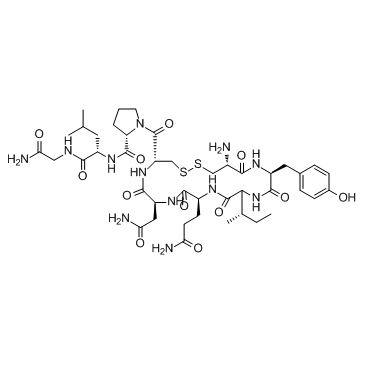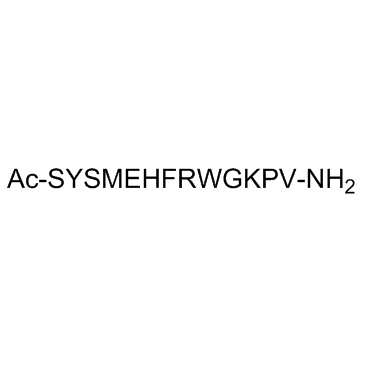| Structure | Name/CAS No. | Articles |
|---|---|---|
 |
Aminophylline
CAS:317-34-0 |
|
 |
Oxytocin acetate salt
CAS:50-56-6 |
|
 |
α-MSH trifluoroacetate salt
CAS:581-05-5 |